Mark Kirkland: Scotland
Consider a country just 274 miles north to south and even shorter east to west but with over 6000 miles of coastline. You’ve now got a good starting point on the geography of Scotland. It’s a country split markedly by a huge boundary fault traversing across its center, the result of seismic stitching together of two continents over 300 million years ago, which now sets the wilderness of the highlands to the north against the rolling hills of the lowlands in the south. In the west, the rocks are among the oldest in Europe, and it is these older, harder formations that stood fast against the vast glacial ice sheets that depressed the east of the country. The result is a spectacular west coast carved into hundreds of islands, and thousands of gouged mountainous peaks and deep inlets run like veins, carrying the cold northern Atlantic sea into the mainland. It’s in these waters that life has found its home.
The scenery above the water is consistent and beautiful. Below the water, the choice is yours. Reef walls are festooned with soft corals, sponges, and gardens of anemones. Sloping mud beds descend into the darkness, but within accessible diving depths are colonies of antenna-like sea pens and fireworks anemones elegantly extending their tentacles into the water column to feed. Maritime history has laid hundreds of wrecks at diveable depths. The mixed shingle, sand, and rock beds are home to lobsters in every crevice and gobies fighting for the morsels of food released from the sand by a divers fin-kick. Brittlestars can cover tens of square meters, their interlocking arms forming vast beds like a living, alien landscape. On the surface, you’ll regularly see seals, dolphins, and porpoises, even minke whales and orca if that’s what nature decides. Through late summer, one of the giants of the sea trails the plankton-rich waters in large aggregations to feed - getting in the water with the enigmatic Basking Shark, at up to 25 feet long, has got to be Europe’s most incredible wildlife encounters.
For the photographer, the west coast is both a dream and a test. The ocean doesn’t care about backscatter in your shots or your hands being too numb to change the shutter speed. It doesn’t care that that-thing-you-hoped-would-be-there-wasn’t-there. But it’s that combination of dry-suit diving, variable visibility, and the constantly changing weather means when you get ‘that shot’ - that one you really like - it’s that bit sweeter. It’s a combination which, I think, can lead to real opportunities for distinctive photography. No matter the season and no matter the weather, there’s nowhere else I’d rather dive.
Please check out more of Mark’s work here.
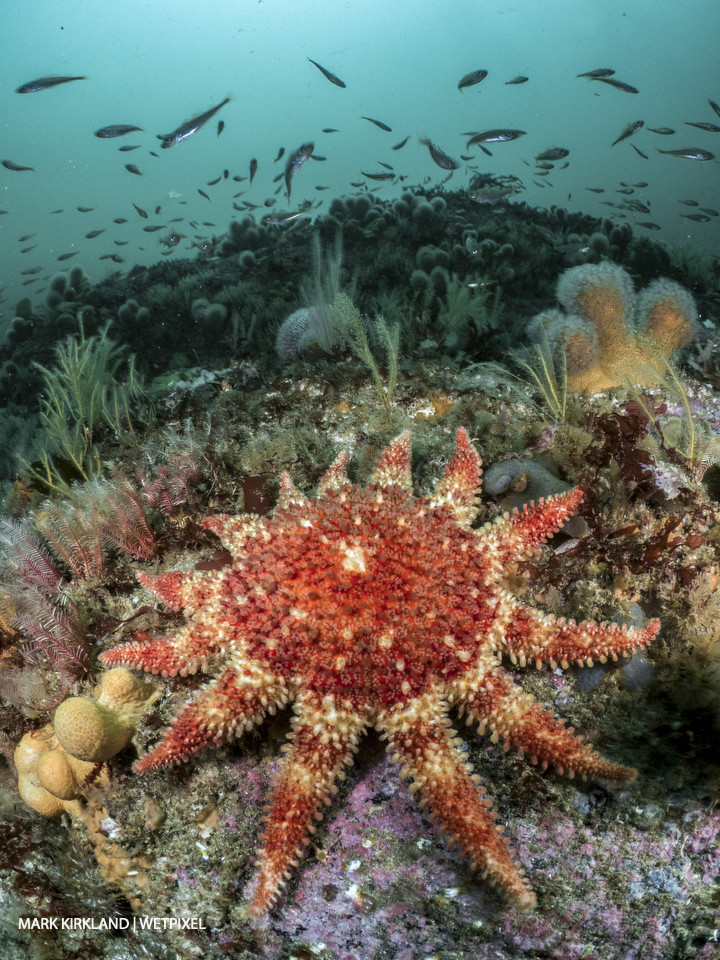
Common sunstar (Crossaster papposus). Strathay Point, Scotland.
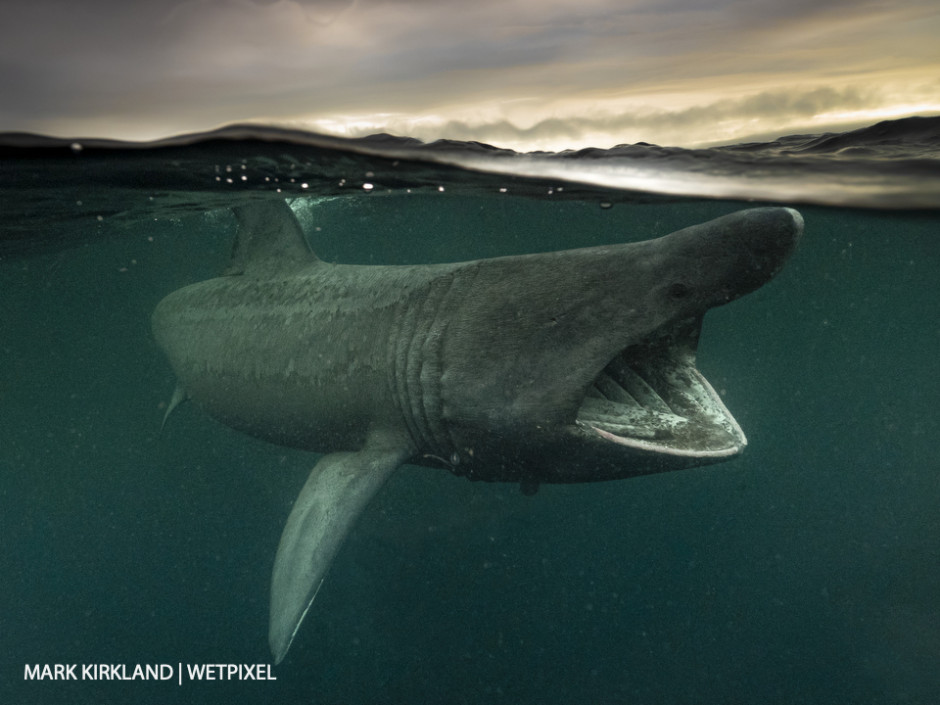
Basking shark (Cetorinus maximus). Gunna Sound, Scotland.
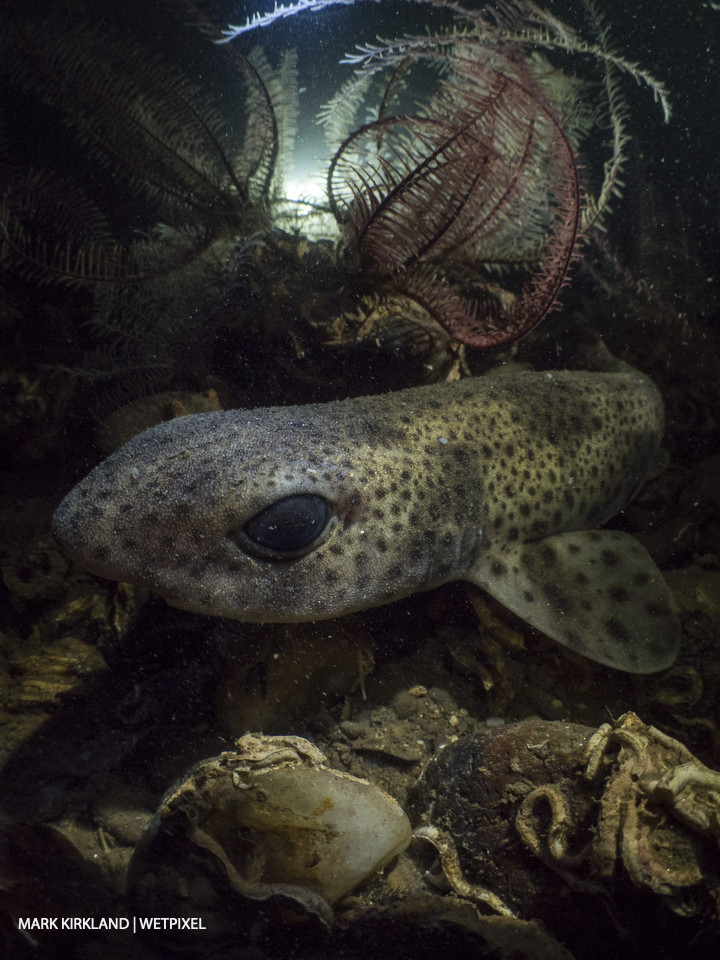
Small spotted catshark (Scyliorhinus canicula). Loch Fyne, Scotland.
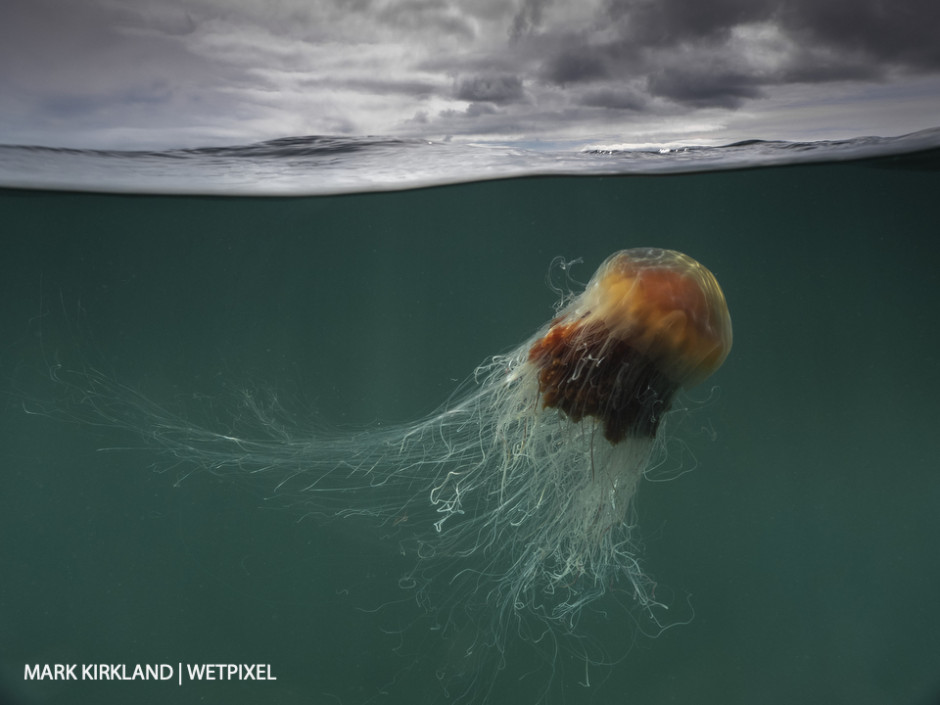
Lion's mane jellyfish (Cyanea capillata). Isle of Coll, Scotland.
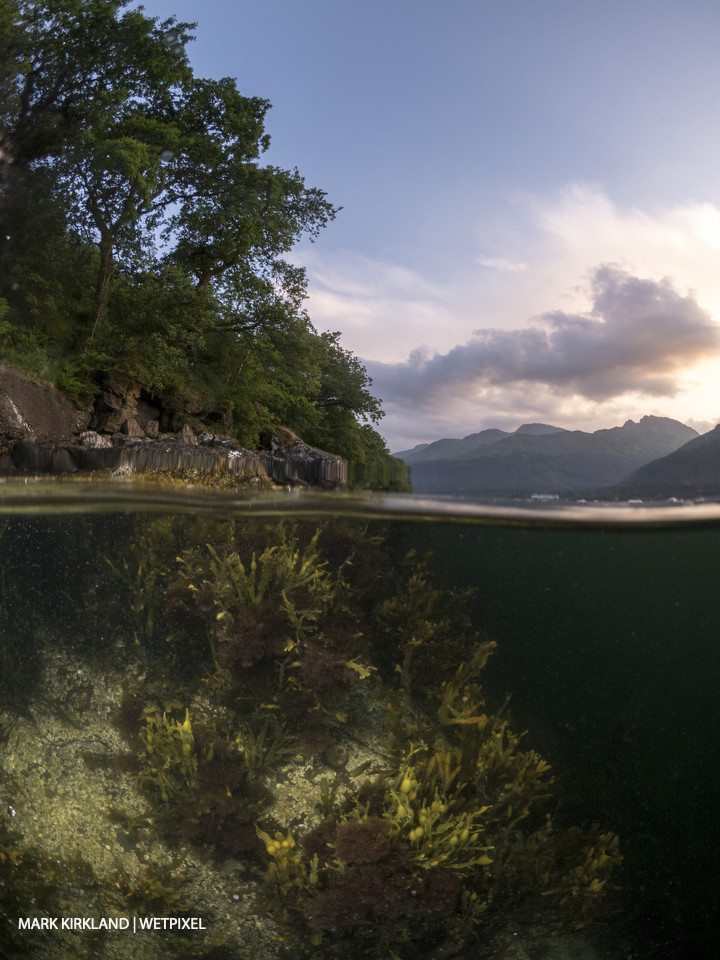
Split-level shot of Loch Long, Scotland.
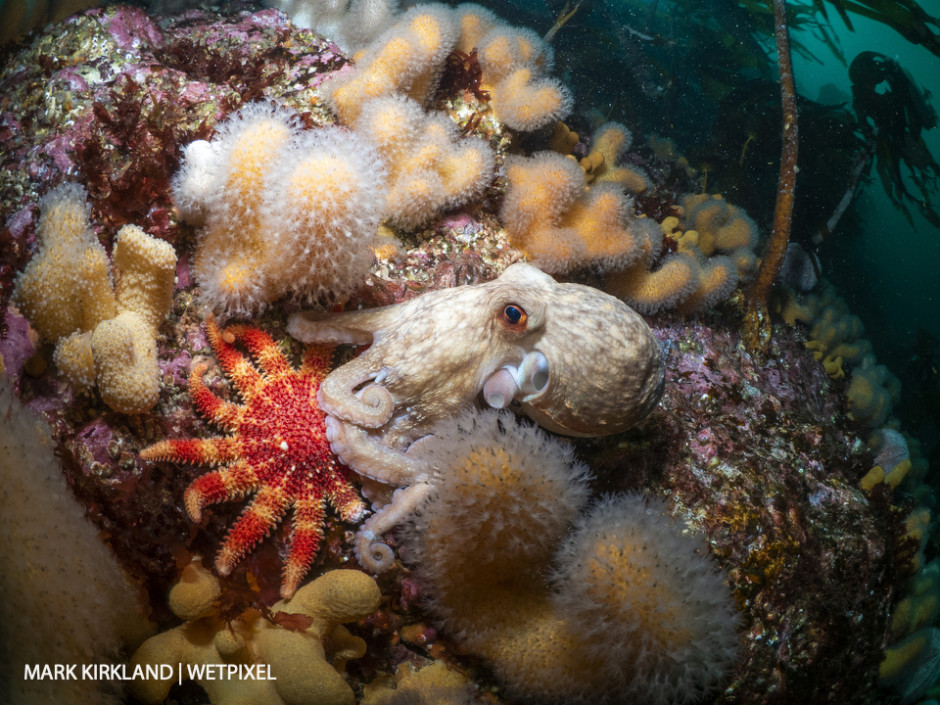
Curled octopus (Eledone cirrhosa). Sutherland, Scotland.
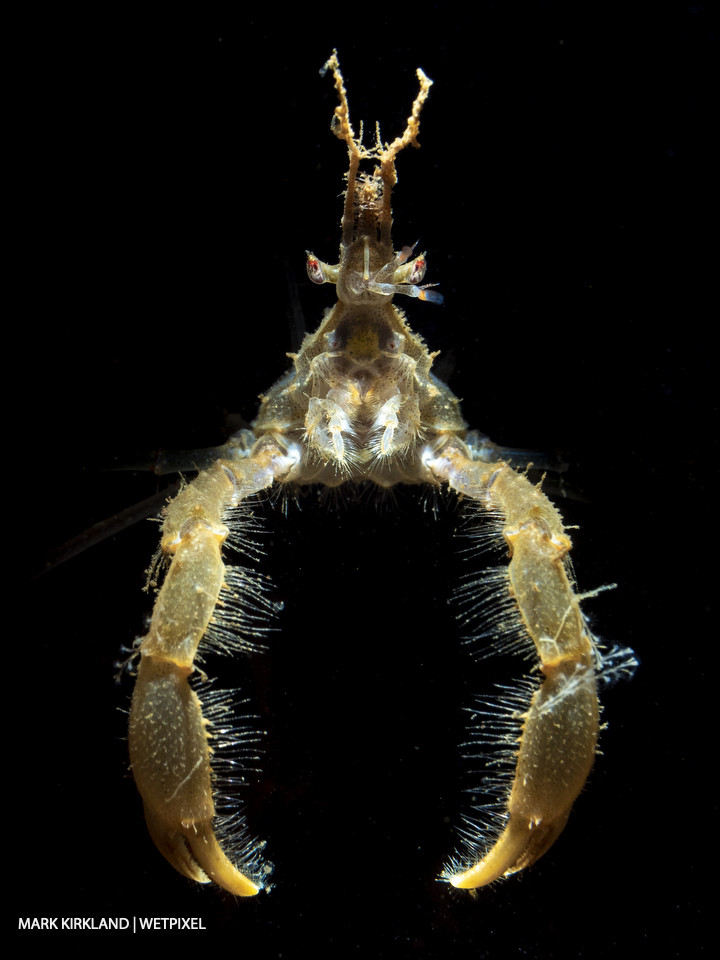
Long legged spider crab (Macropodia sp.). Loch Fyne, Scotland.
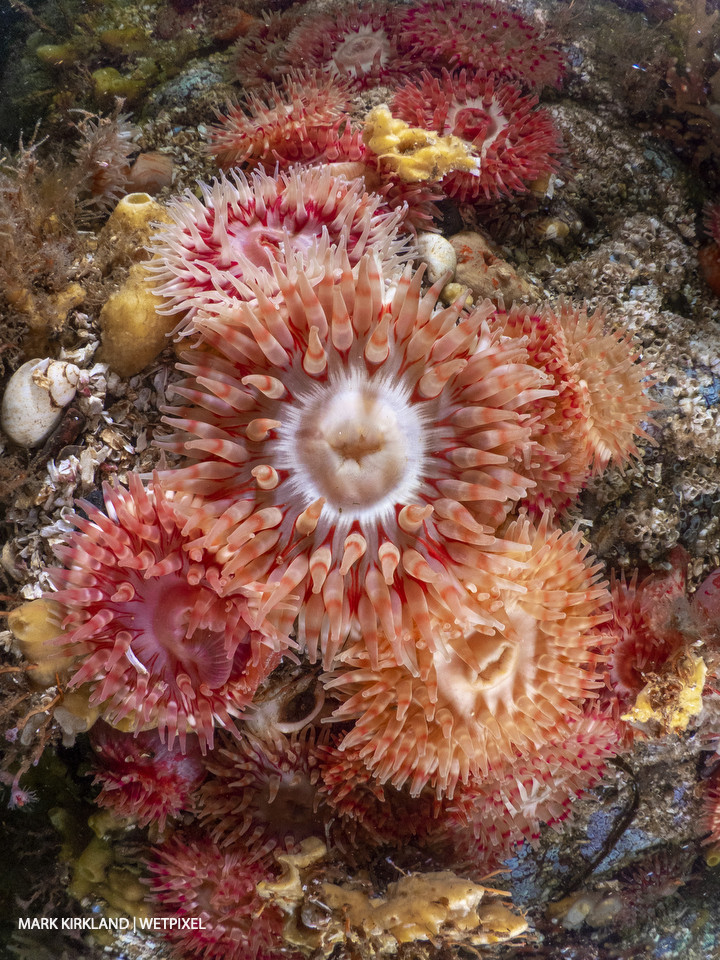
Dahlia anemone (Urticina Felina). Loch Etive, Scotland.
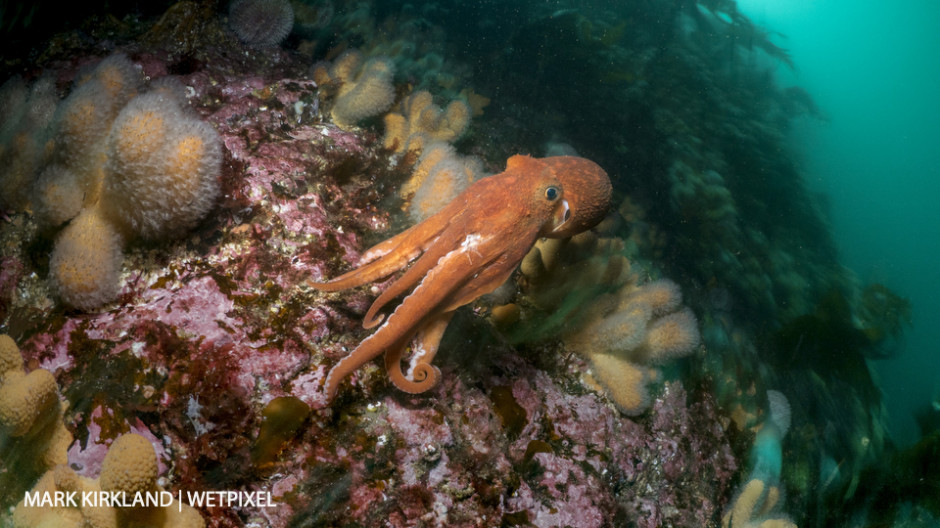
Curled octopus (Eledone cirrhosa). Sutherland, Scotland.
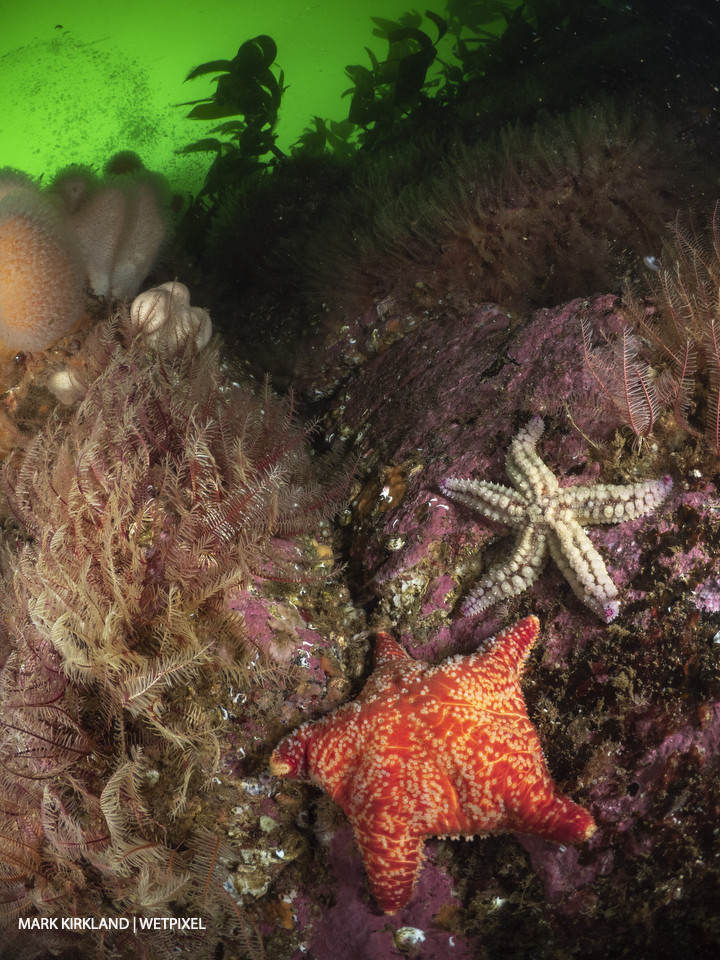
Red cushion star (Poronia pulvillus) and spiny starfish (Marthasterias glastialis). Kinlochbervie, Scotland.
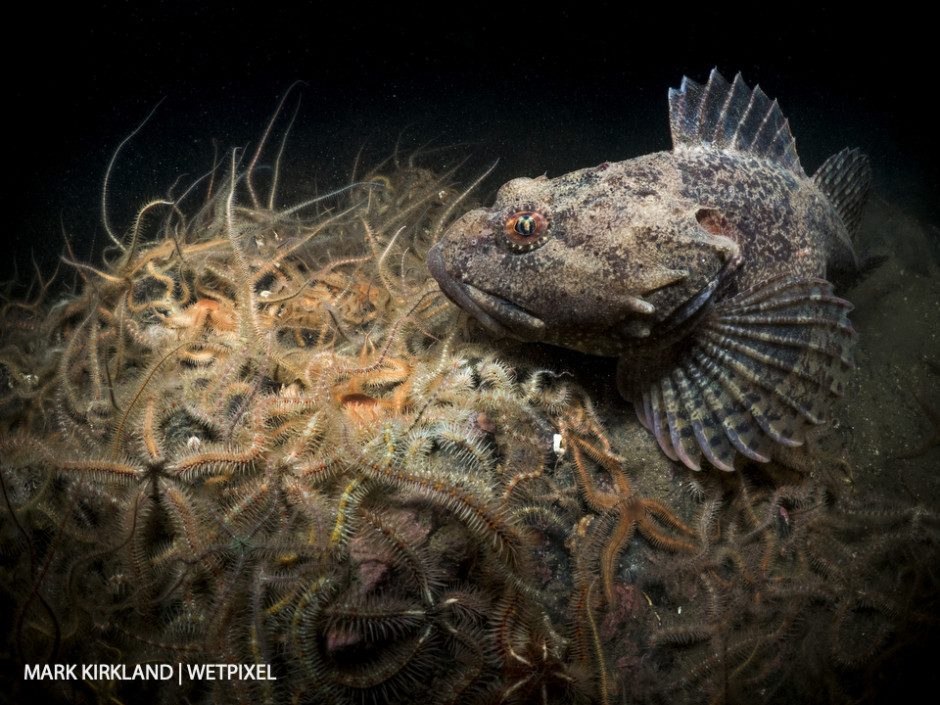
Short spined scorpionfish (Myoxocaphalus scorpius) and brittlestars (Ophiothrix fragilis). Loch Leven, Scotland
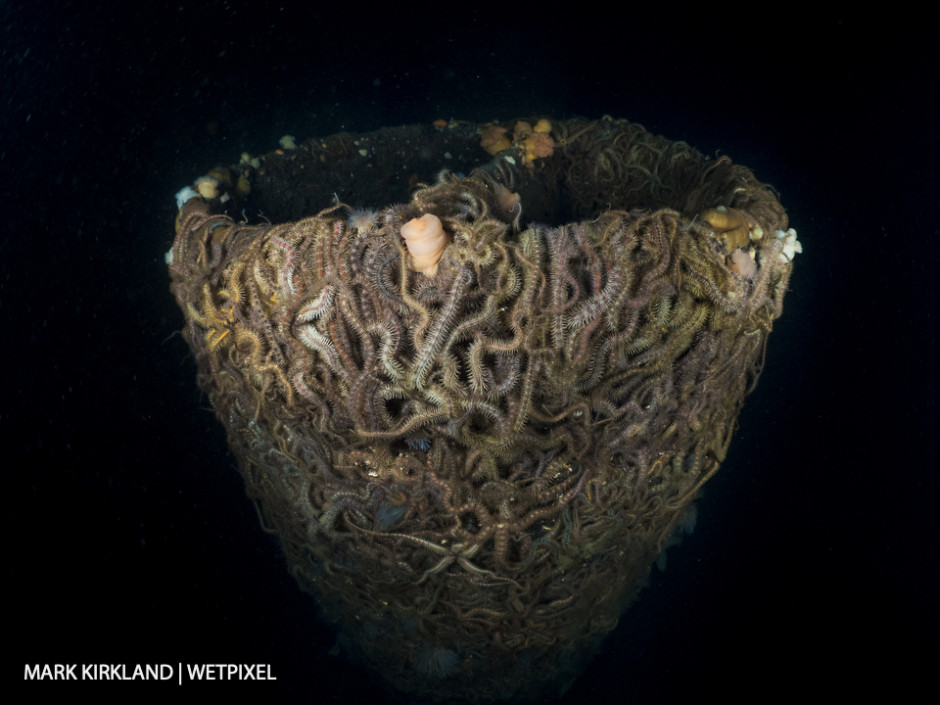
Brittlestars (Orthiothrix Fragilis). Wreck of the AKKA, Clyde Estuary, Scotland.
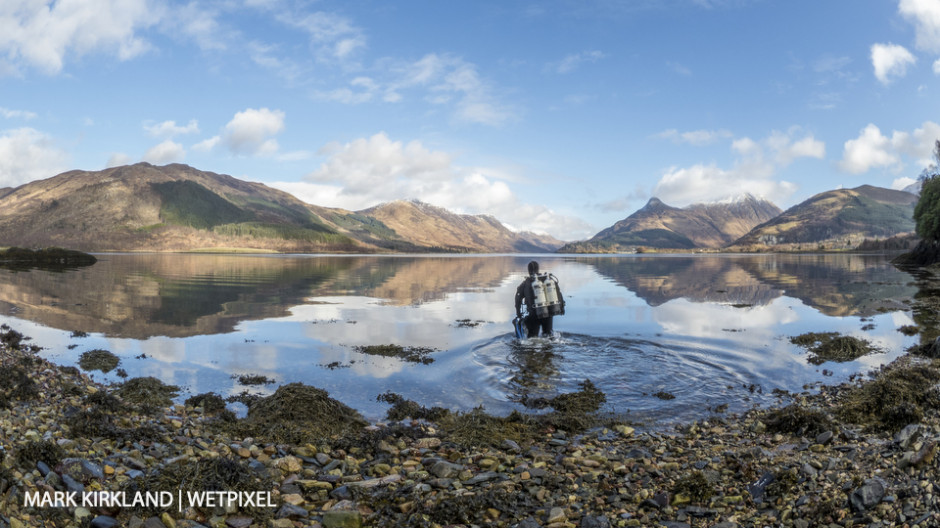
Diver entering Loch Leven, Scotland
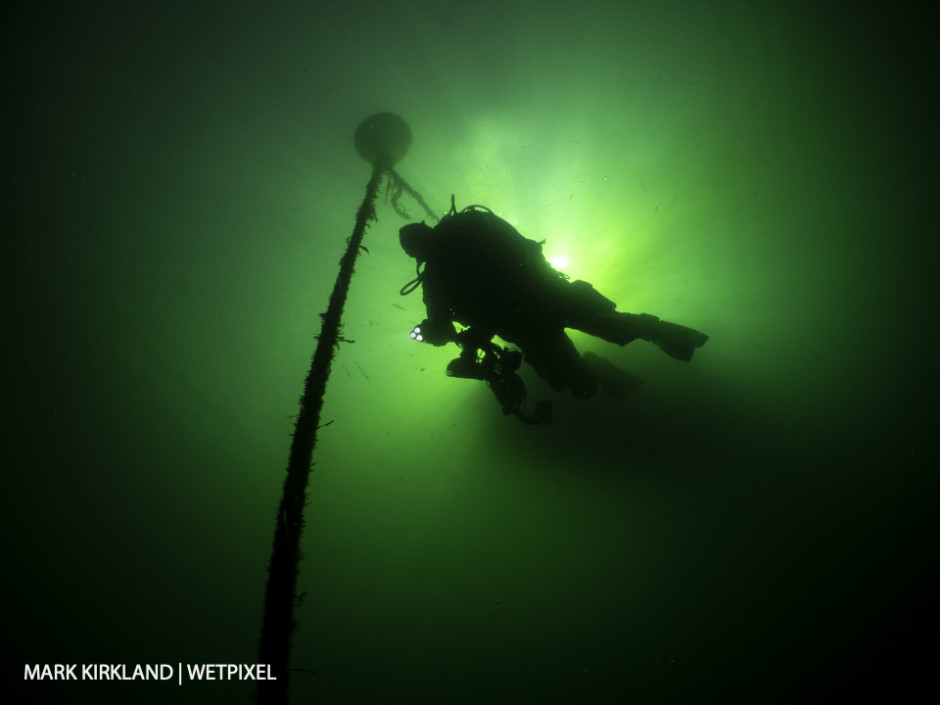
Descending to the wreck of the Breda, Ardmucknish Bay, Scotland.
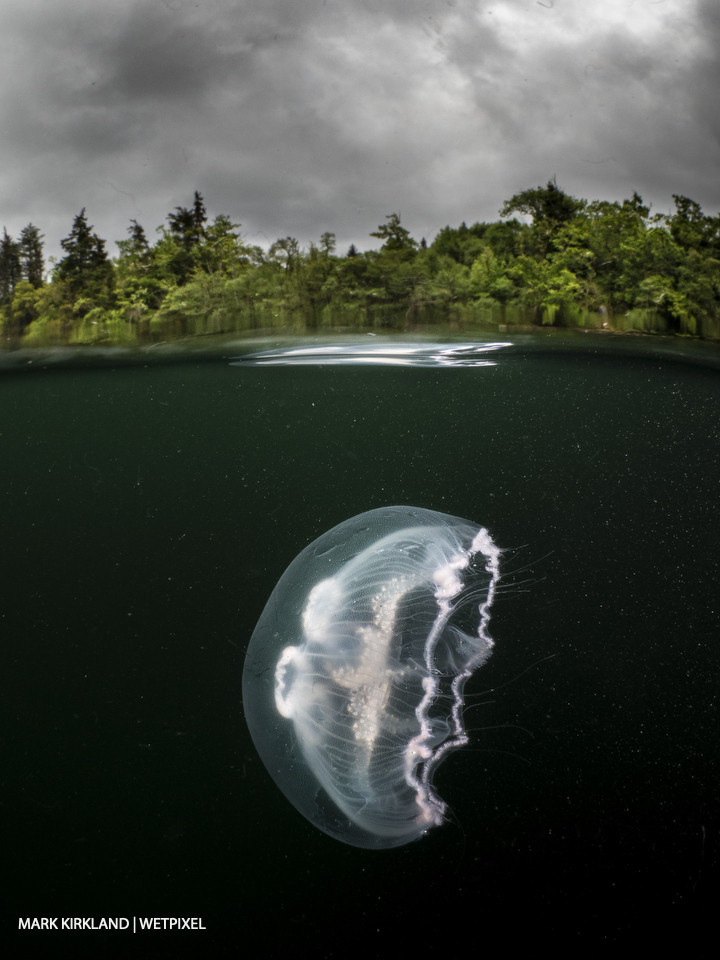
Moon jellyfish (Aurelia aurita). Loch Sween, Scotland
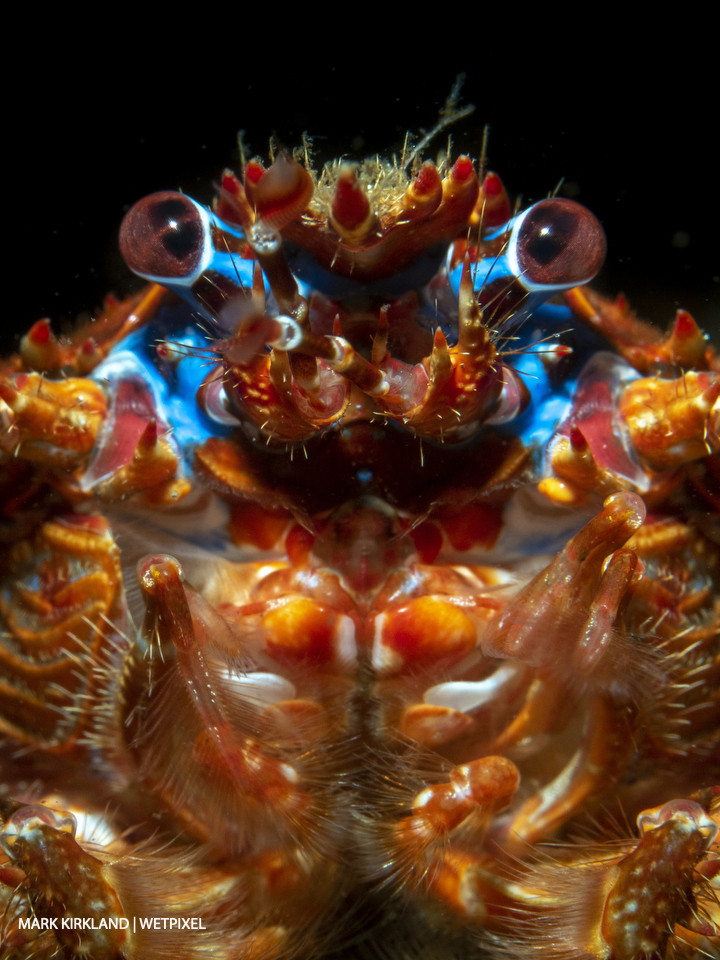
Short clawed squat lobster (Galathea sp.). Loch Fyne, Scotland.
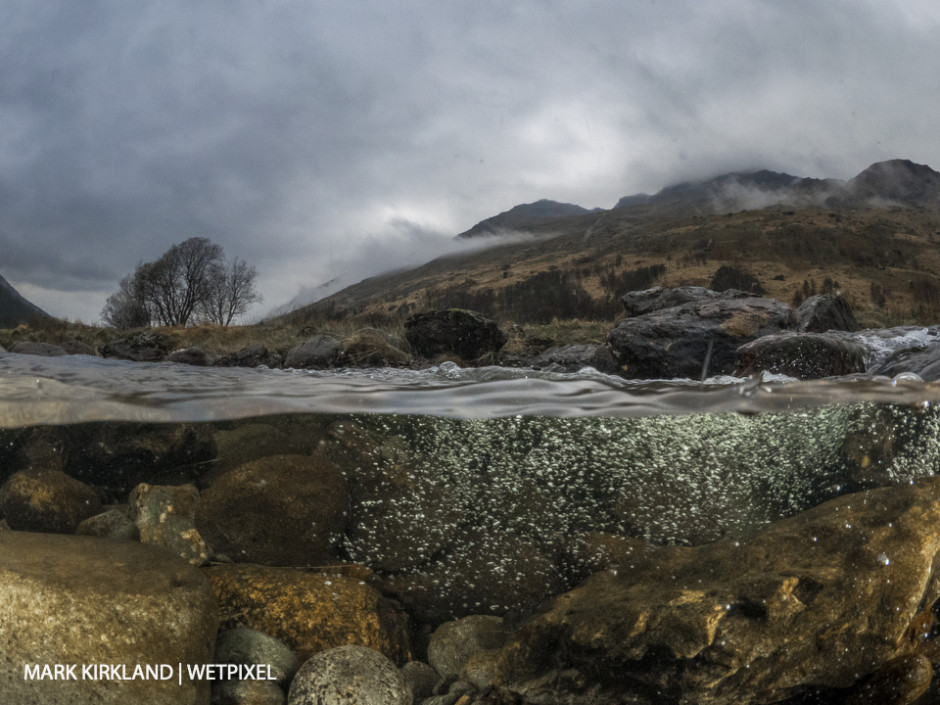
Split-level shot of Glen Kinglas, Scotland.
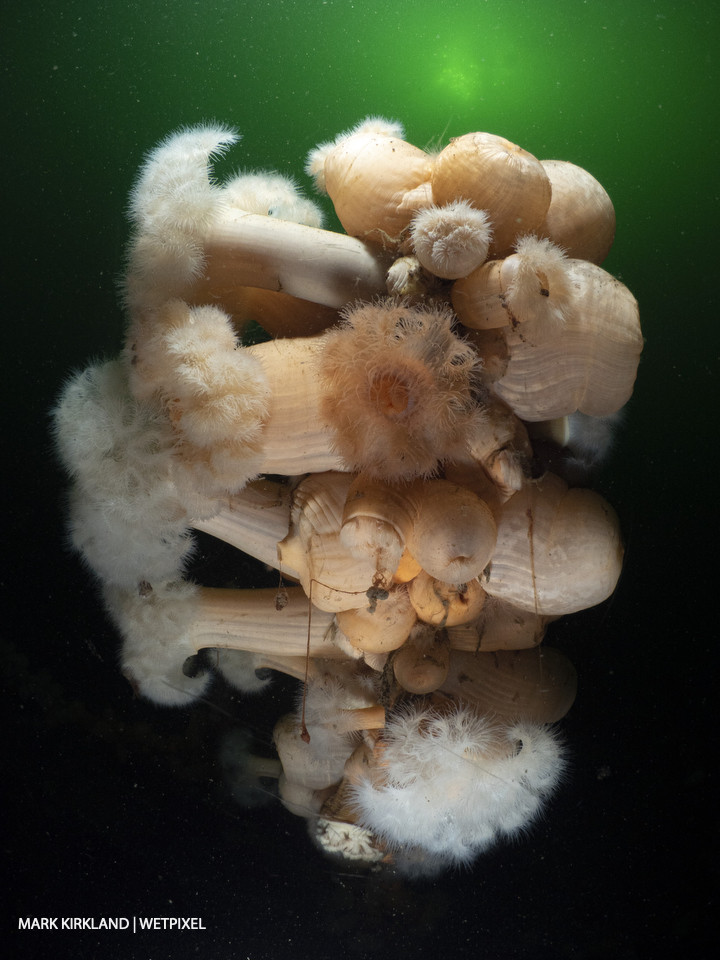
Plumose anemones (Metridium deianthis) on the SS Breda, Ardmucknish Bay, Scotland.
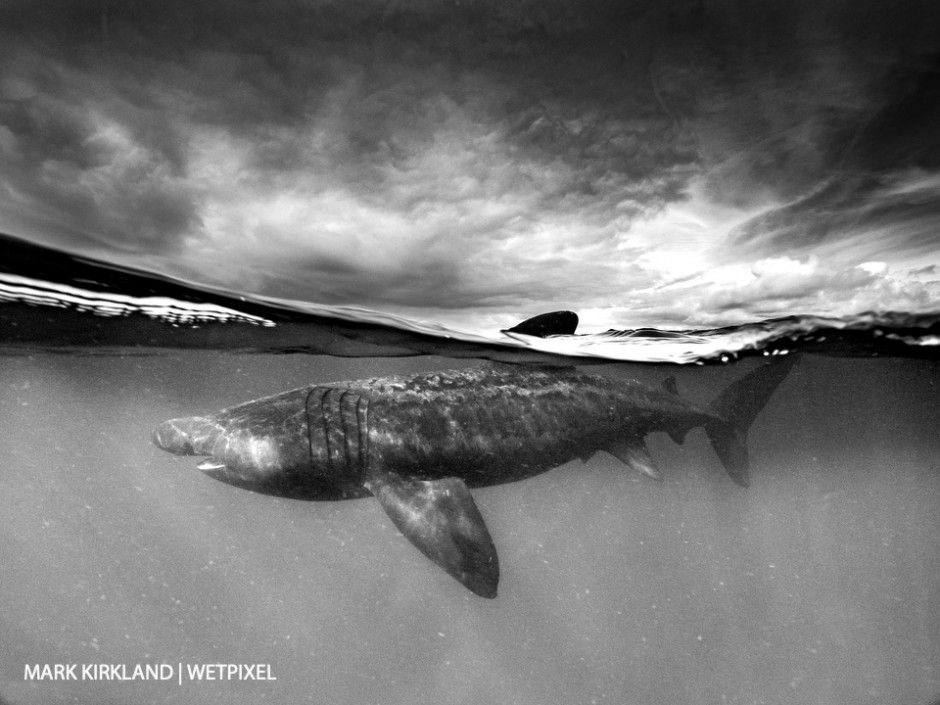
Basking shark (Cetorinus maximus). Isle of Coll, Scotland.
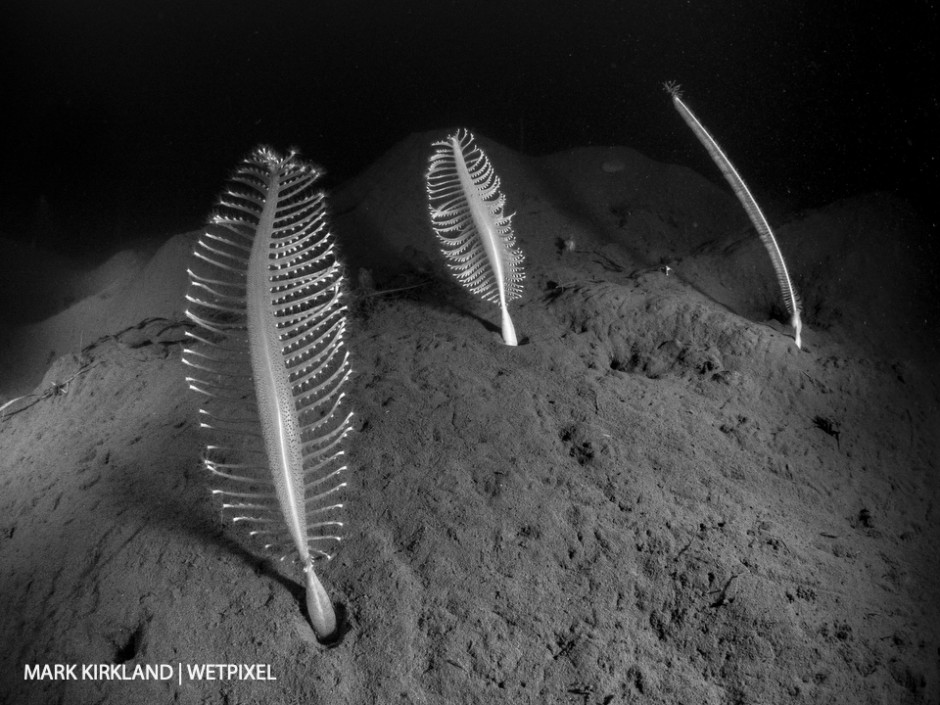
Phosphorescent sea pen (Pennatula phosphorea) and slender sea pen (Virgularia miribilis). Loch Leven, Scotland.